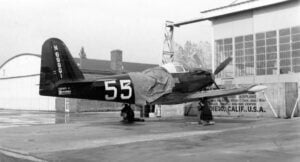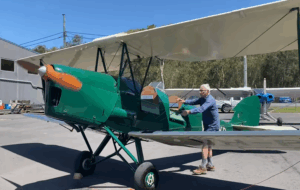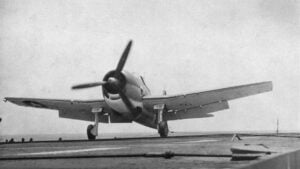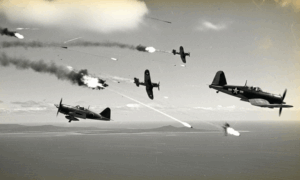The Story of a Co-Pilot Who Took Over the Controls, Engaged in a Dogfight with Luftwaffe Fighters, and Won
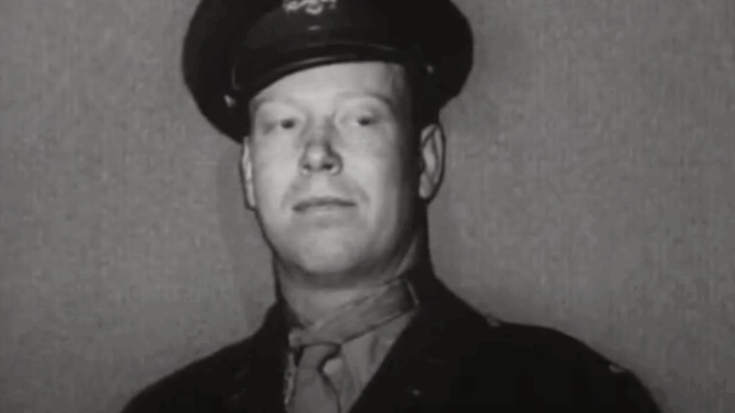
PublicResourceOrg / YouTube
A Mission into Hostile Skies
On July 26, 1943, a formation of 120 American B-17 bombers flew toward Germany on a strategic bombing mission. In the cockpit of one aircraft, the Ruthie II, sat Co-Pilot Second Lieutenant John Morgan alongside his friend, Captain Robert Campbell. It was early in the flight when trouble appeared. Morgan spotted enemy aircraft approaching: more than 150 German fighters were closing in fast.
As the threat drew near, the bomber crew readied themselves. Staff Sergeant Tyre Weaver, the flight engineer, climbed into the top turret to man his guns. From the right cheek gun, 2nd Lieutenant Keith Koske called out positions and opened fire first. The attacking aircraft, Fw 190s, launched their assault with bursts from their cannons and machine guns, sending deadly fire toward Ruthie II. In moments, Weaver was hit in the shoulder, and a bullet struck Captain Campbell in the head.
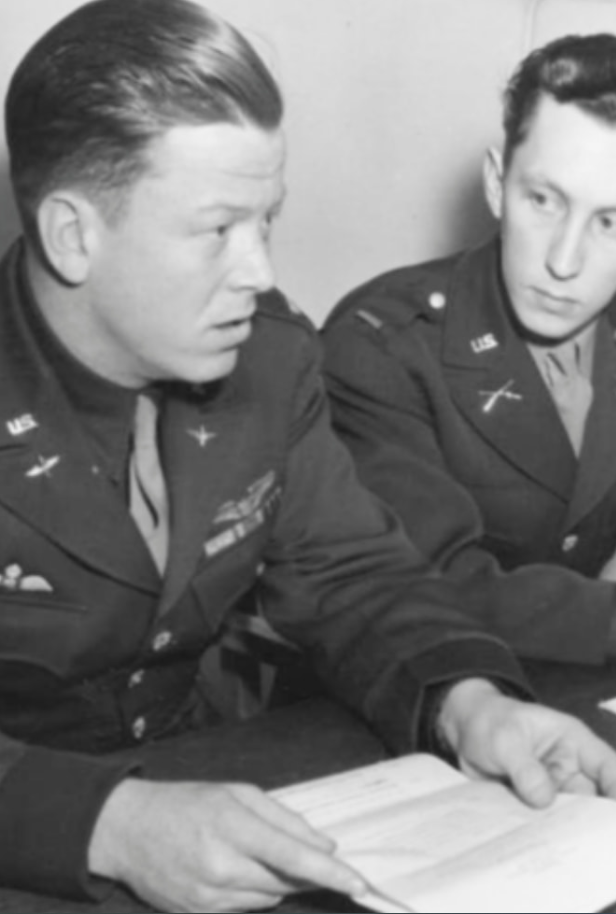
Control and Chaos
Though stunned by the chaos around him, Morgan realized the full responsibility was now his. His captain was gravely wounded, and the enemy was pressing hard. As Morgan reached for the controls, the plane suddenly veered. Incredibly, Campbell was still alive, his hands moving the yoke. Despite his head wound, he was trying to fly the plane. But his actions were erratic. He could no longer follow formation, and that made them an easy target.
Morgan called out, urging Campbell to stay with the group. But there was no response. The captain’s brain injury had made communication impossible. Meanwhile, more German fighters attacked, and the gunners at the back of the bomber did their best to defend. They held onto their guns as the aircraft shook violently with each maneuver.
Life and Death Decisions
In the nose, Koske rushed to help Weaver, who had collapsed. His injuries were severe—his arm was gone, and he was bleeding heavily. Weaver pointed to himself, then to the hatch. He wanted to bail out. Koske hesitated, unsure if it would help. The enemy might capture or ignore him. But it was the only choice left. He helped Weaver with his parachute, but the wounded man pulled the cord too early. Koske shoved the chute back under Weaver’s arm and pushed him from the hatch, praying the parachute would deploy.
Back in the cockpit, Morgan fought not only the enemy but his own captain. Campbell, confused and wounded, continued to wrestle with him for control. The situation grew violent. The captain punched Morgan again and again. Morgan didn’t retaliate. He only wanted to regain control of the aircraft and save the lives of those still on board.
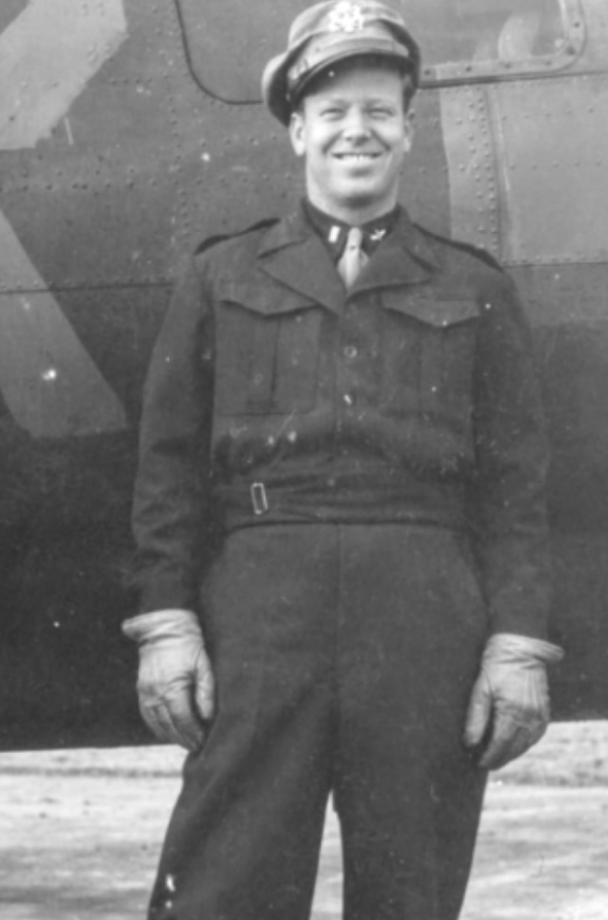
Desperation and Resolve
Despite the blows, Morgan stayed focused. When Campbell momentarily let go of the controls, Morgan took over and brought the bomber back toward formation. But now, the rear gunners were falling silent. Their oxygen supply had been hit. One by one, they passed out from lack of air. Only the ball turret gunner remained conscious and continued firing, unaware of the fate of his crew behind him.
The enemy finally ran out of ammunition and peeled away, but new dangers emerged. Anti-aircraft flak exploded in the sky as the bombers neared their target. Morgan kept flying through it. Then, more fighters appeared, one of them striking a fuel tank. A fire was now a real risk. The intercom was damaged, but the bombardier, realizing this, acted on his own. He released the bombs manually, completing the mission.
Holding Together and Heading Home
As the bombers turned for home, Morgan found himself nearly alone. He feared the crew had bailed out, but he would not abandon Campbell. Eventually, Koske came forward. Morgan explained what had happened and asked for help moving Campbell out of the seat. The captain resisted, but he was weak. Together, they managed to shift him.
Morgan descended early to help his injured captain breathe, and in doing so, unknowingly saved others. In the back of the bomber, the unconscious gunners began to stir. Despite spending nearly two hours without oxygen, they survived with only frostbite.
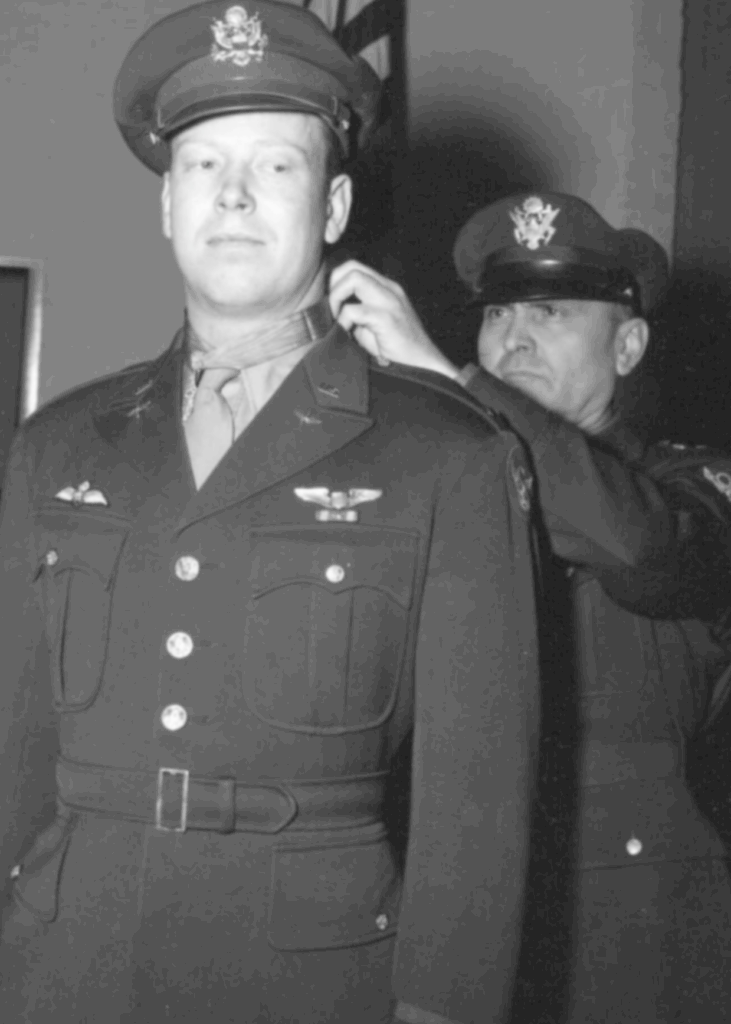
Return and Aftermath
Three hours after the fighting began, Ruthie II landed safely in England. Morgan had saved nearly everyone aboard. Sadly, Captain Campbell died of his wounds shortly after landing. Against all odds, Weaver also survived. Captured and treated, he became a prisoner of war and later returned home, living to the age of 74.
For his courage, leadership, and sacrifice under fire, John Morgan received the Medal of Honor.














